If you’re someone who makes estimated tax payments—whether you’re a freelancer, consultant, gig worker, real estate investor, or anyone with income not subject to automatic withholding—2025 is looking to be more complex than usual.
The new One Big Beautiful Bill (OBBBA), enacted this year, brings tax changes that may affect how much you need to pay and when.
Here’s what you should know—and how Rae’s Accounting recommends handling estimated payments this year.
Why do we even have estimated payments?
Estimated tax payments exist because the U.S. tax system requires that taxes be paid as income is earned. If your income isn’t subject to withholding (such as self-employment, dividends, capital gains, or rental income), you make quarterly payments to avoid a large tax bill and penalties at year end.
As a general rule, individuals are required to make four payments over the year:
-
April 15
-
June 15
-
September 15
-
January 15 of the following year (or the next business day)
For 2025, the third-quarter payment deadline already passed on September 15, and the final installment is due January 15, 2026.
Missing deadlines or underpaying can trigger IRS underpayment penalties, unless you meet certain safe-harbor thresholds.
What does OBBBA change (and how it could complicate things)?
OBBBA is a sweeping tax law with dozens of provisions. Some changes are permanent; some apply only for certain years (often 2025–2028). Below are the changes most relevant to estimated payments:
-
New deductions and credits that reduce taxable income
-
A $6,000 deduction for seniors (age 65+) phased out at higher incomes.
-
New above-the-line deductions for overtime pay, tips, and auto loan interest for 2025–2028, even if you don’t itemize deductions.
-
A higher cap on state and local taxes (SALT) deduction for certain taxpayers through 2029.
These changes reduce your tax liability, but they also make it trickier to project your income tax burden ahead of time—and thus harder to estimate payments accurately.
-
-
Bracket changes and permanence of some TCJA rules
OBBBA cements the 2017 Tax Cuts and Jobs Act bracket structure (10%, 12%, 22%, 24%, 32%, 35%, 37%) as permanent, with future inflation adjustments. Because your income mix might shift (for example, more capital gains or dividend income), applying these brackets when estimating payments could create under- or overestimates.
-
Greater volatility in taxable income
Because the deductions and credits are new, some taxpayers may overestimate their tax burden and overpay in estimated payments. Others may underestimate and risk penalties. OBBBA makes those swings more likely this year.
-
Safe harbor rules remain but are more important than ever
To avoid underpayment penalties, taxpayers should adhere to safe harbor rules:
-
Pay at least 90% of your 2025 tax liability, or
-
Pay 100% of your 2024 tax liability (whichever is smaller)
-
If your 2024 adjusted gross income was over $150,000 (or $75,000 if married filing separately), then the safe harbor amount is 110% of 2024 tax.
Because OBBBA introduces new deductions and credits, many taxpayers may find themselves more prone to underpaying unless they adjust midyear.
-
Practical tips from Robin at Rae’s Accounting
Here are some suggestions to navigate the shifting terrain:
-
Recalculate midyear
Don’t stick to your original estimates from January. With OBBBA’s new rules, your projected taxable income may change. Run a fresh projection before your Q4 payment to adjust your numbers.
-
Use the annualized income method
If your income is irregular (seasonal or lumpy), you may avoid underpayment penalties by using IRS “annualized income” worksheets. That lets you pay based on actual income segments rather than equally dividing over quarters.
-
Err on the side of safe harbor
If you’re uncertain, aim to pay to safe harbor thresholds. It’s less risky to overpay a bit than to trigger a penalty.
-
Track how new deductions affect your tax curve
Monitor how OBBBA’s new deductions—for tips, overtime, auto interest, and the senior deduction—are reducing your effective rate. Use those adjustments when you forecast your liability.
-
Ask for help early
Don’t wait until January. If your income mix is shifting or you’re unsure, reach out for a midyear check. We can help you avoid surprises or penalties come tax time.
The bottom line: OBBBA makes tax planning more complicated this year, especially for those who pay quarterly estimated taxes. The safest way forward is to recalculate, stay aware of new deductions and credits, and make sure your payments fall within safe harbor rules.
At Rae’s Accounting, we’re here to help you navigate these changes with confidence.
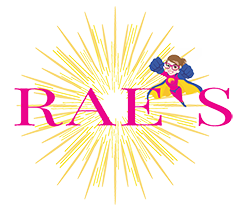
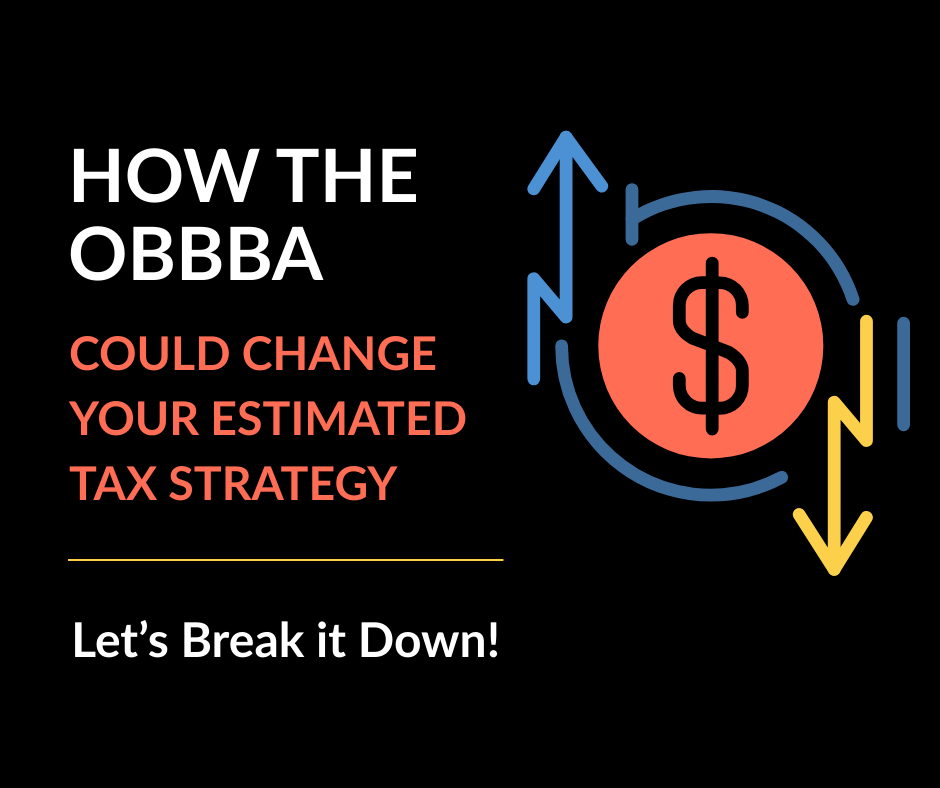




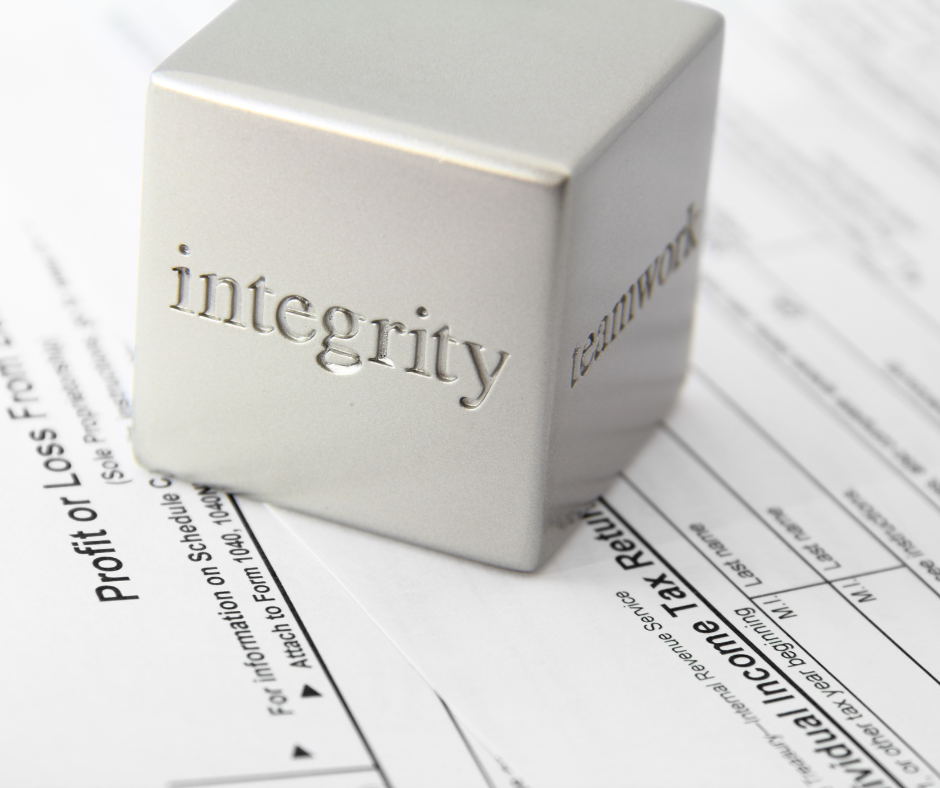


1.png)
.png)
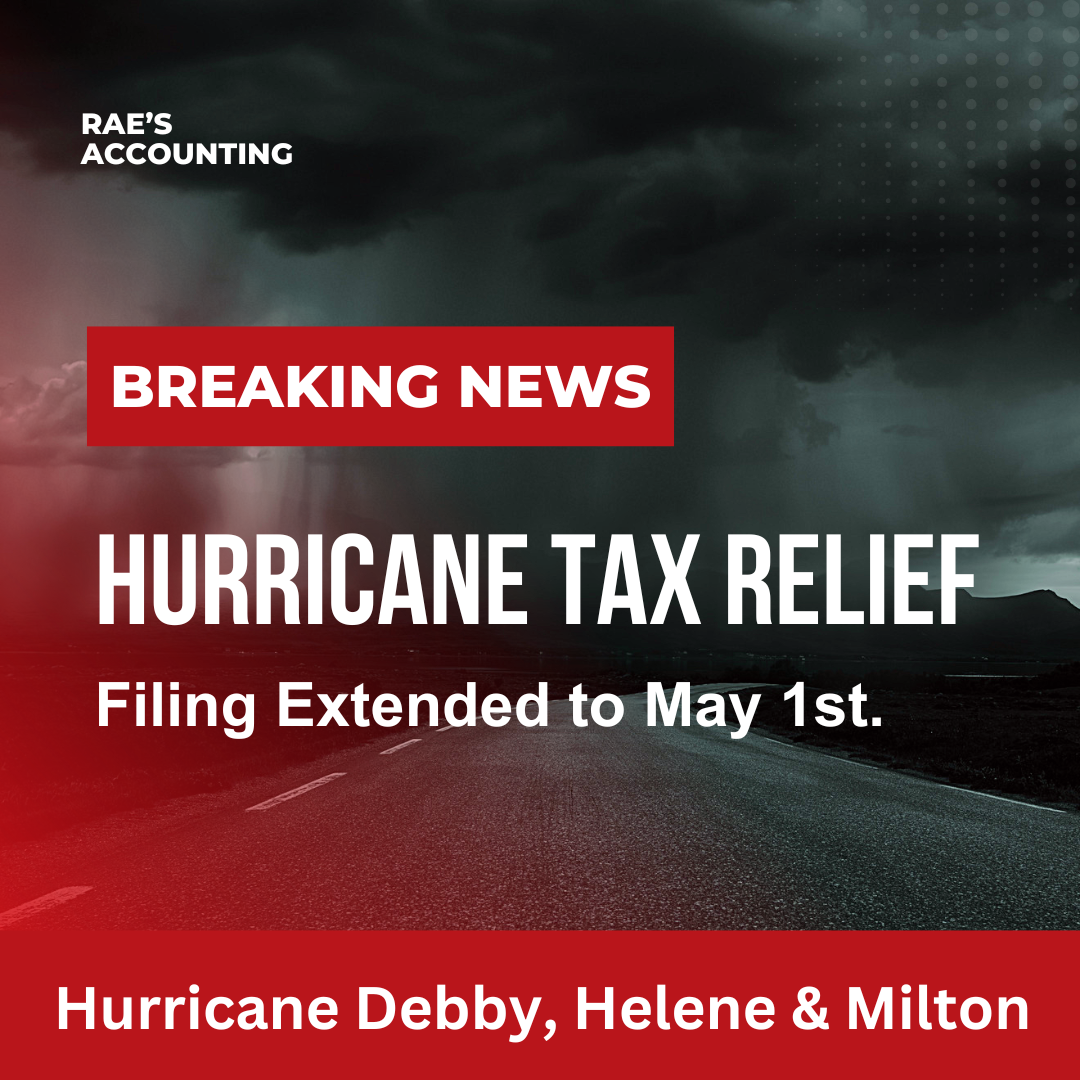

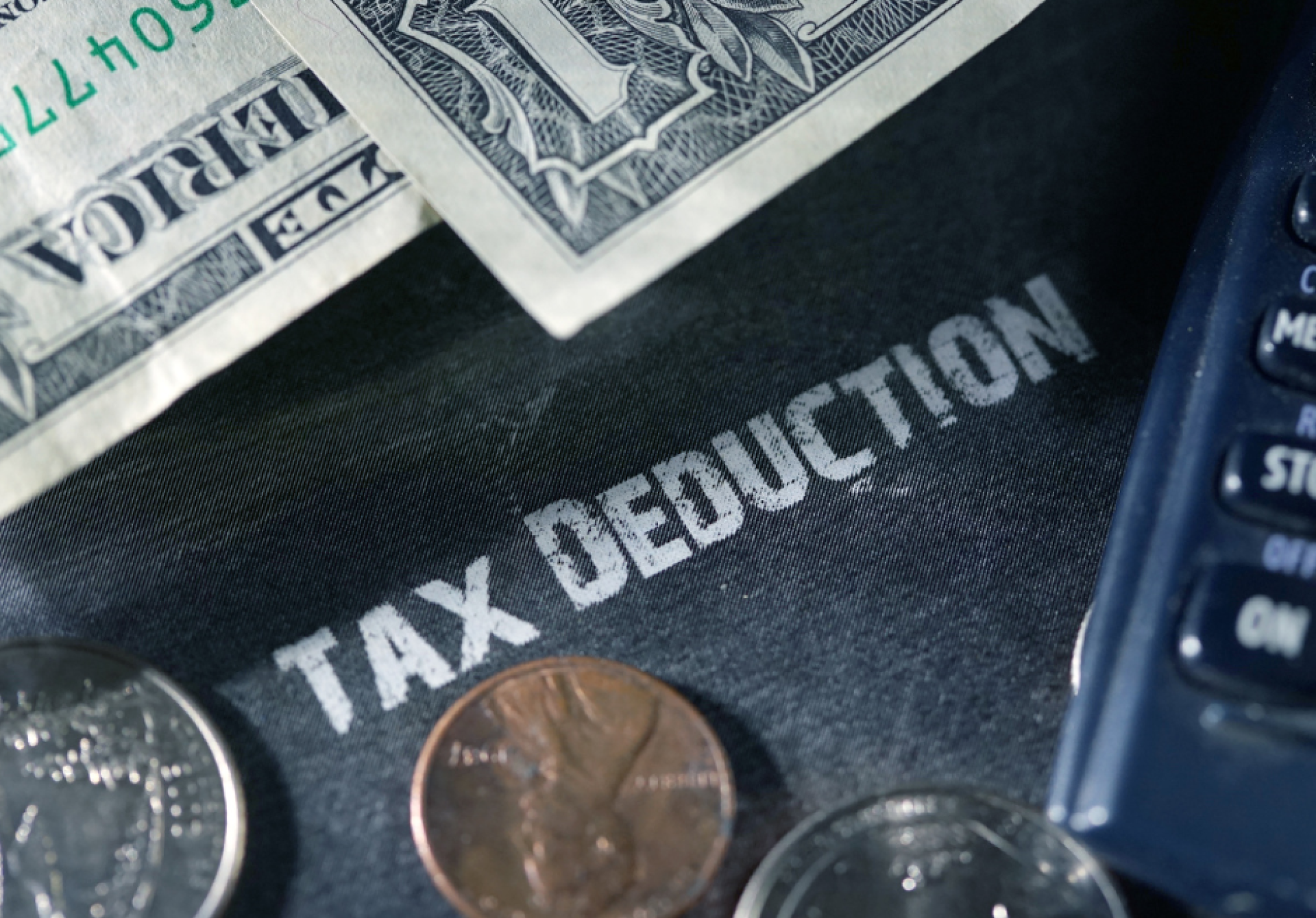
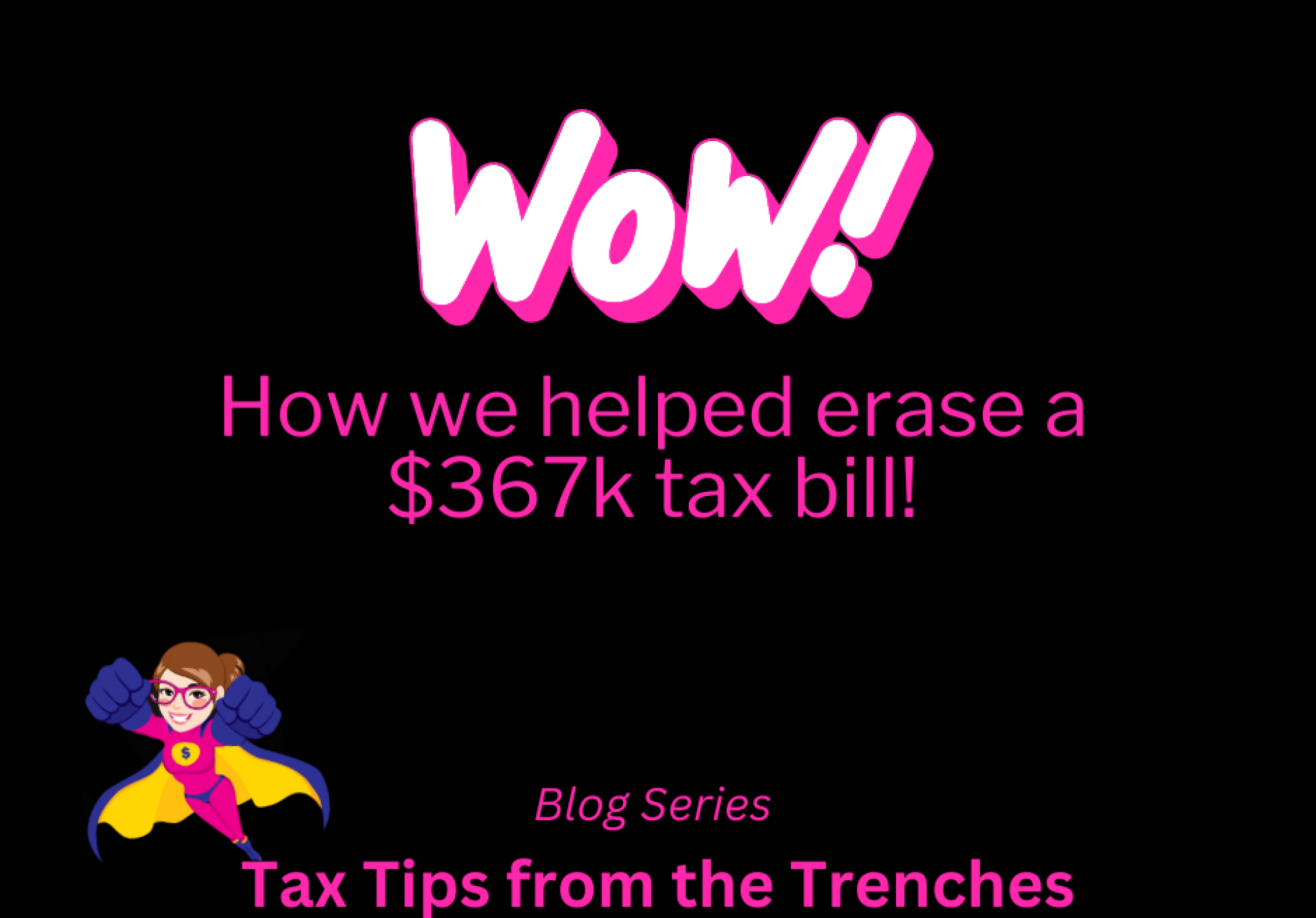
_large.png)



